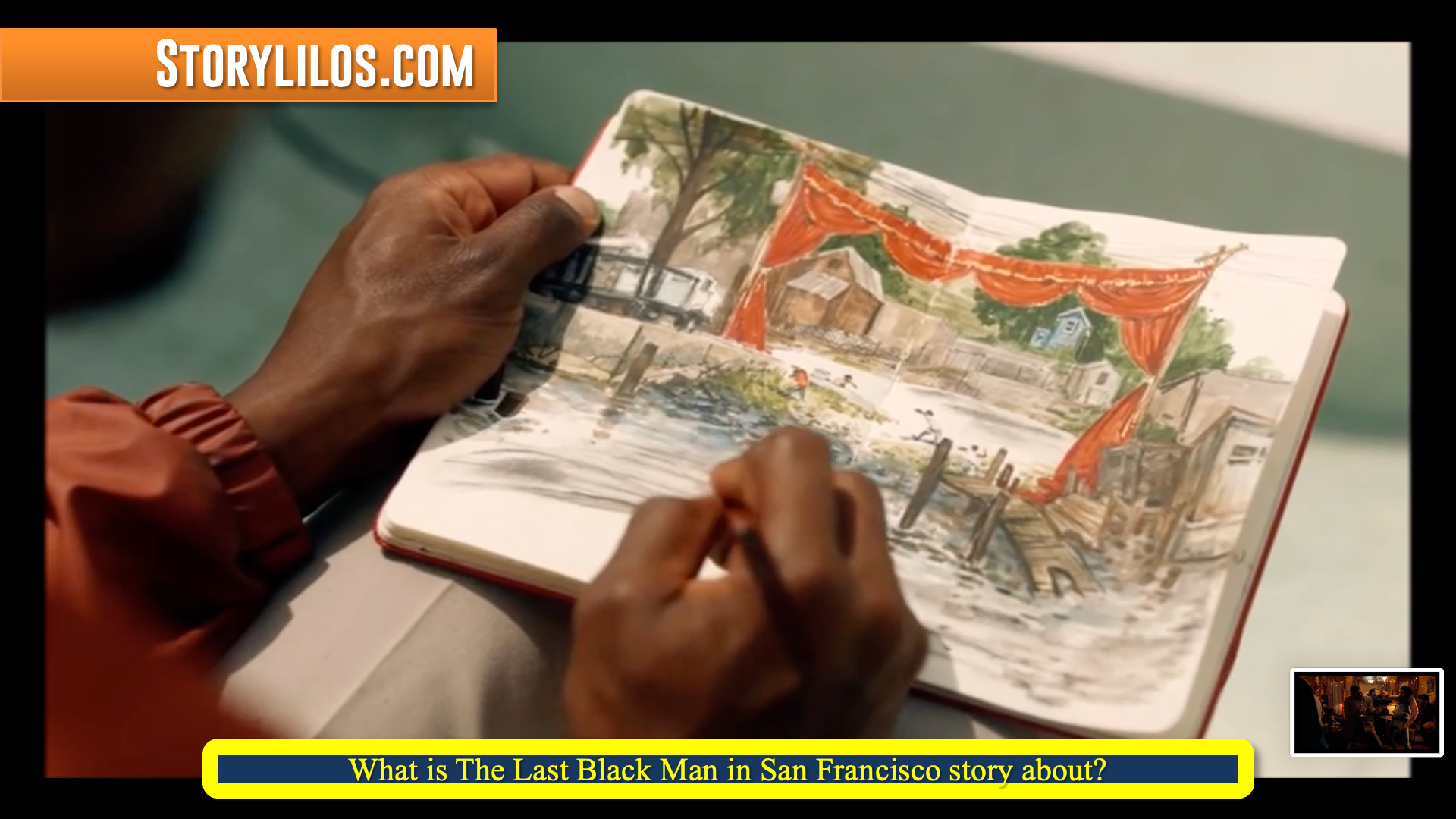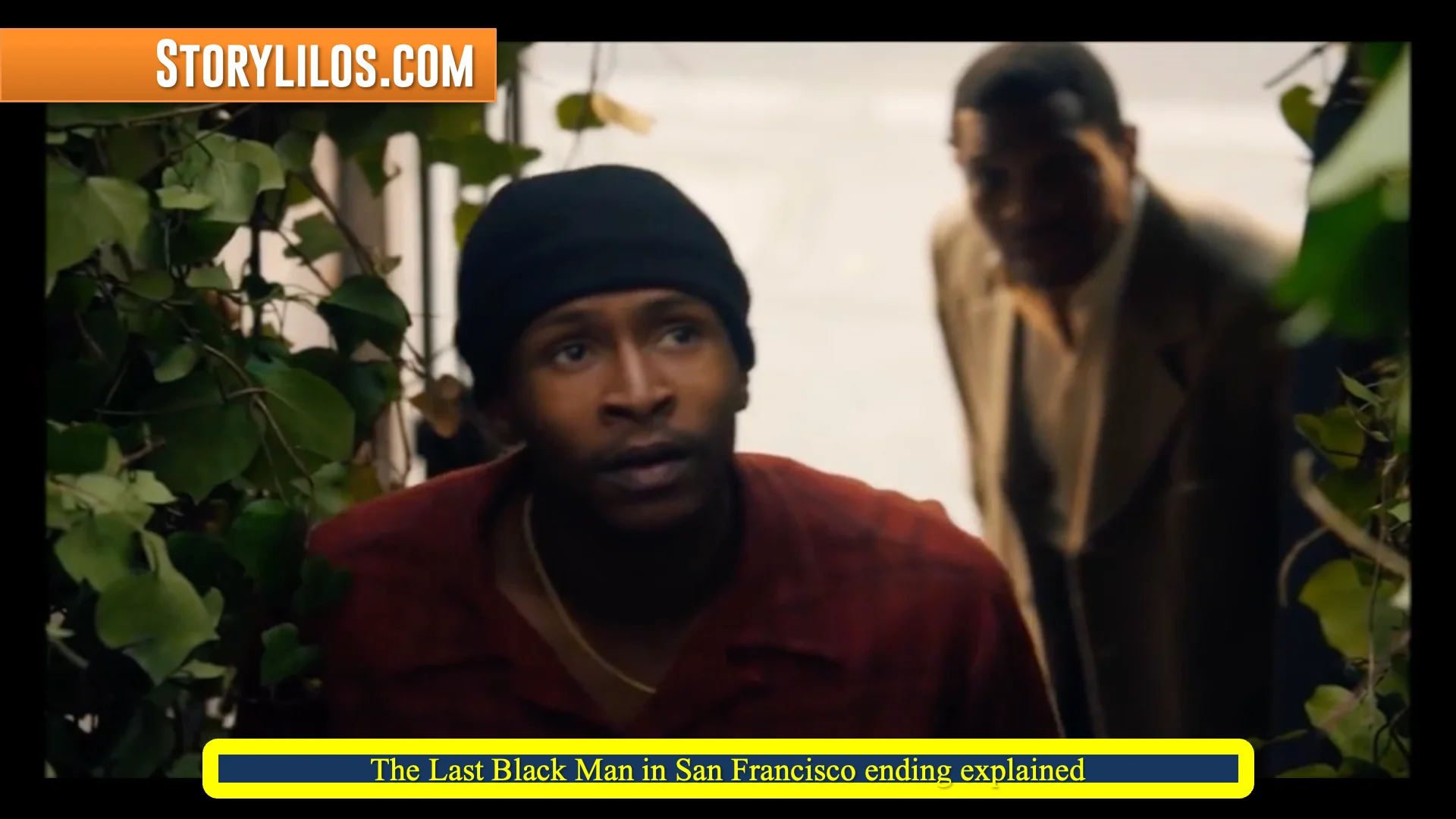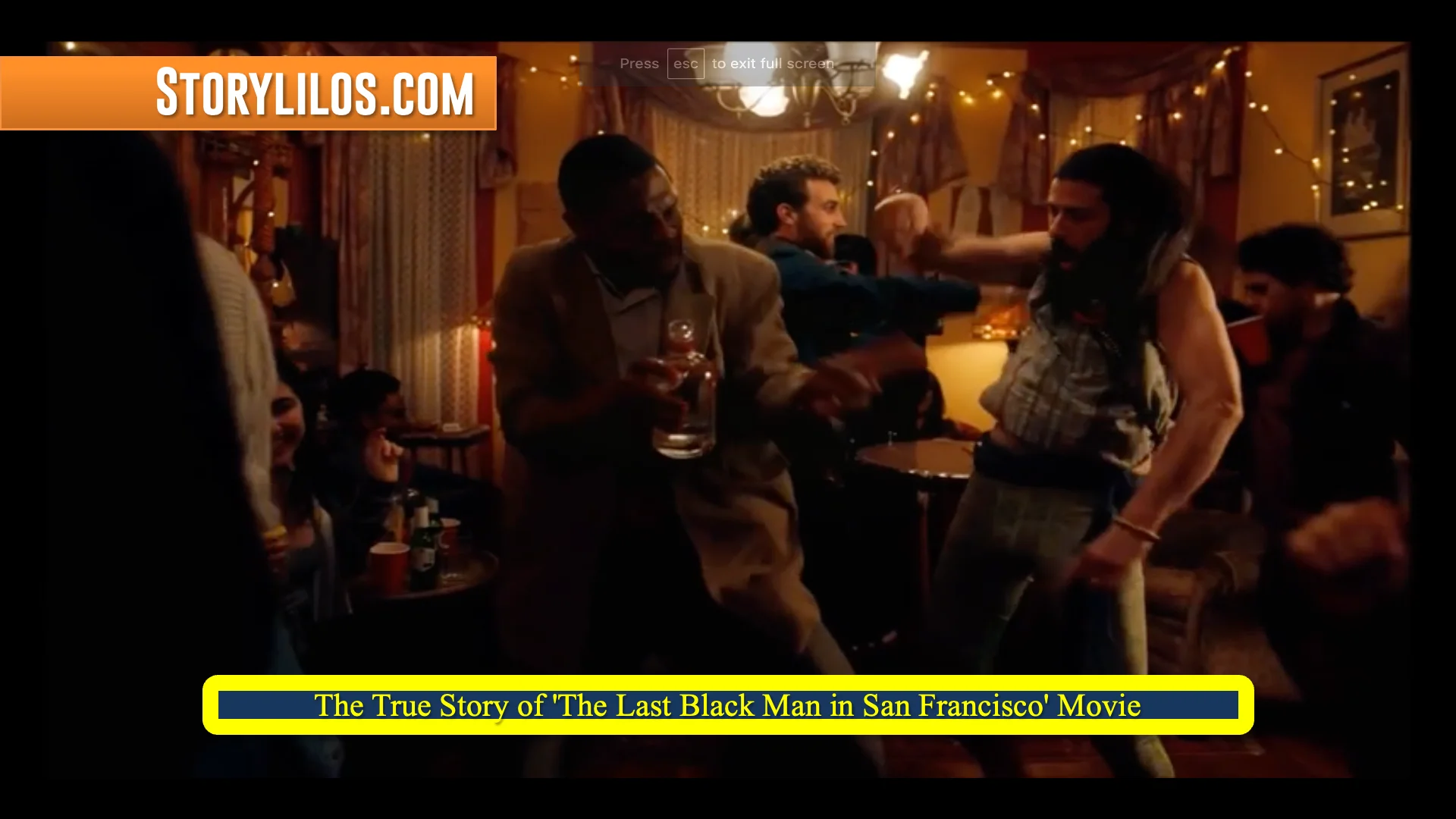The Last Black Man in San Francisco is a powerful and poignant film that captures the struggle of identity, gentrification, and belonging. Based on a true story, the semi-biographical film centers around Jimmie Fails, a young black man who was raised in San Francisco but finds himself struggling to maintain his sense of place amidst rapid urban change. Fails’ dedication to reclaiming his family home in the historically black neighborhood of Fillmore serves as a compelling exploration of resilience and perseverance.
The film’s portrayal of gentrification and its impact on communities sheds light on the broader issues facing many urban areas today. It also delves into themes of friendship, family legacy, and the complexities of personal history. By weaving together real-life experiences with artistic storytelling, The Last Black Man in San Francisco offers viewers a thought-provoking look at the human experience within the context of social upheaval and cultural displacement.

What is The Last Black Man in San Francisco story about?
The Last Black Man in San Francisco tells the compelling story of a young man searching for belonging in a city that has undergone dramatic changes. As he grapples with the shifting landscapes and gentrification that seem to have left him behind, the protagonist’s journey becomes a poignant reflection of displacement and longing for home. The film delicately explores themes of identity, heritage, and resilience, offering a raw portrayal of the struggle to find one’s place in a rapidly evolving urban environment.
Through its evocative cinematography and heartfelt storytelling, The Last Black Man in San Francisco sheds light on the complexities of community and personal history. It prompts us to confront our own relationships with place and memory, urging us to consider how we shape our surroundings as much as they shape us. In this exploration of urban alienation and cultural erasure, the film invites us to empathize with those who are often overlooked or marginalized in narratives about progress and development.
The Last Black Man in San Francisco plot
As Jimmie and Mont embark on their quest to reclaim the house built by Jimmie’s grandfather, they find themselves on a poignant odyssey that stirs up deep emotions and connects them to their roots. The journey becomes a powerful exploration of identity, belonging, and the impact of gentrification on their community. Through their friendship and determination, they reveal a raw authenticity that resonates with audiences, bringing to light the universal struggle of reclaiming one’s place in a rapidly changing world.
The bond between Jimmie and Mont serves as a central thread in the narrative, offering a compelling portrayal of loyalty and resilience amidst adversity. Their shared pursuit not only reflects their personal connection to the house but also symbolizes the broader struggle for cultural preservation and social justice. As they navigate through the complexities of urban redevelopment, their unwavering commitment becomes a testament to the enduring spirit of those who refuse to be erased from their own history.

The Last Black Man in San Francisco ending explained
As the poignant narrative of The Last Black Man in San Francisco unfolds, the audience is confronted with the heart-wrenching reality of a friendship torn asunder by the weariness of love. Jimmie and Mont’s bond, rooted in unwavering loyalty and shared memories, comes to an abrupt halt as Jimmie sails away from his beloved friend and grandfather. The departure serves as a painful reminder that even the most profound connections can succumb to the weight of time and circumstance.
In this heartrending moment, we witness the profound impact of urban displacement on relationships and identity. Jimmie’s departure symbolizes not only physical dislocation but also emotional disconnection, pointing to a broader theme of loss within marginalized communities. Through this lens, The Last Black Man in San Francisco offers a powerful commentary on how systemic inequality erodes both physical spaces and interpersonal connections, leaving individuals adrift amidst shifting landscapes.
Amidst the sadness of parting ways with Mont, Jimmie’s departure also encapsulates an exploration of self-discovery and resilience. His journey serves as a metaphor for forging one’s path in an ever-evolving world, shedding light on the complexities of personal growth amidst adversity. As viewers grapple with this bittersweet ending, they are prompted to reflect on their own experiences of navigating love and loss within an ever-changing urban landscape.
What are the themes in The Last Black Man in San Francisco?
The film radiates an atmosphere of activism, melancholy, pride, and the impact of gentrification, intricately interlaced throughout its compelling narrative. At its core, “The Last Black Man In San Francisco” emphasizes the significance of home and community, leaving a profound and stirring impact on my emotions.
Is The Last Black Man in San Francisco worth watching?
Joe Talbot’s inaugural film, “The Last Black Man in San Francisco,” serves as a captivating tribute to the distinct American city of San Francisco. This dreamlike creation by the rising director is not only an enchanting homage to his ever-evolving hometown but also a rich tapestry of the city’s continually shifting landscape. It weaves together numerous tales, hidden secrets, and connections to the nation’s history, offering a delightful experience for viewers.
